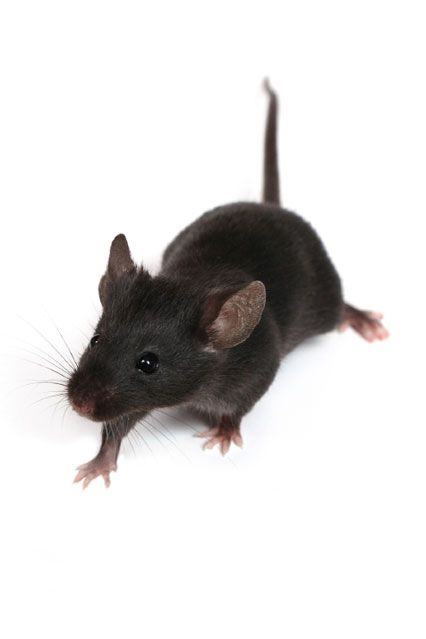Zares Pest Species ID Library
Rats
Other services:

Professionalism and proficiency in meeting deadlines

Trust in the ability to satisfy your expectations

Safety guaranteed in all phases of the project

Rats
The grey rat is one of the three most important worldwide species of the so-called domestic, commensal or non-anthropic rodents. It belongs to the Order Rodentia, Family Muridae. The grey rat, Rattus norvegicus, is also commonly known as Guarén or Pericote. Its coat is generally brown mixed with black, with a grey, yellowish or whitish belly, and a dark tail on the upper part and lighter on the lower part. It seeks proximity to human facilities, since it uses the food and places of refuge that man provides it with. They are aggressive in behaviour, they are excellent swimmers and, although agile, they are not good climbers. They carry out their activity at ground level, on the banks of ditches and canals, sewers, garbage dumps, in food warehouses or organic waste storage areas.
The grey rat is a mammal with a robust build, measuring between 30 and 45 cm, from nose to tail, and weighing 200 to 500 g. The length of its tail is smaller than the length of the head and body. Its ears are small in relation to the size of the head. Like all commensal rodents, the grey rat is also very prolific, due to its early sexual maturity; the grey rat reaches reproductive maturity at 2 or 3 months of age. Their gestation period is 22 days, with litter sizes between 8 and 12 pups. Its longevity is 9 to 12 months.


The black rat corresponds to one of the three most important and globally distributed species
of the so-called domestic rodents, commensal or non-anthropic. It belongs to the Order Rodentia, Family Muridae. The black rat, Rattus rattus, is also known as the Roof Rat or Parron Rat, with greyish to black fur and generally white, grey or black belly, and uniformly dark tail.
It seeks proximity to human facilities, since it uses the food and places of refuge that man provides it with. Shy in demeanour, it does not normally cohabit with the grey rat.
It is very agile and an excellent climber; the black rat prefers to live in high places, in ceilings, between walls, bushes and trees, and when threatened, it usually flees and seeks refuge in the heights. It nests in trees, but occasionally digs burrows in the ground. It also nests in the ceilings of the houses, in cellars or barns. It is also common to find it in ports. It is of a slender build, and reaches a length of 25 to 40 cm from nose to tail, and an adult weight of 150 to 250 g. The length of its tail is bigger than the length of the head and body, and its eyes and ears are prominent and large in relation to the size of the head.
Like the other commensal rodents, the black rat is also a very prolific species; it is sexually mature at 2 to 3 months of age. Their gestation period is 22 days, with litter sizes between 4 and 8 pups. Its longevity is 9 to 15 months.
See more about pests

Habits
At least 200 rats generate 4 liters of urine per day, 14,000 contaminating feces and a lot of hair. They are also spreading of ectoparasites, especially fleas, which also constitute a risk for man and other animals. It is found in urban and agricultural environments and, although it is an omnivorous pest, it prefers protein foods. They are animals with highly developed senses, smell, touch, taste, hearing and, to a lesser degree, sight, since they do not distinguish colors. It has great mobility in the search for food. It has a neophobic behavior, that is, very cautious and distrustful of environments or objects that it is not familiar with. It is an important pest from a health and food protection point of view.

Prevention
Rodent control begins with a good and thorough inspection of the areas, identifying the species present, their usual routes, signs of the presence of gnawing, footprints, among others. The objective is to prevent access to food, water and shelter, integrating strong cultural and environmental management measures.

Eliminate your Pests
Check our methods and products in Deratization treatments, approved by the respective health and environmental health bodies of your country. We will develop an integrated plan that adapts to your needs, to solve your problem quickly, effectively and safely.

Joana Freitas Abreu
pest control technician
Have a pest problem?
We have the professional solution you need,
speak with us!!
SEE PESTS: Cockroaches | Termites | Mosquitoes and Gnats | Flies | Ants | Bed Bugs | Rats | Fleas | Ticks | Wasps | Spiders | Scorpions and Scorpions | Birds | Reptiles
request more information
zares tenchoControl
zares tenchoControl


Zares Solutions ©| - All rights reserved.

